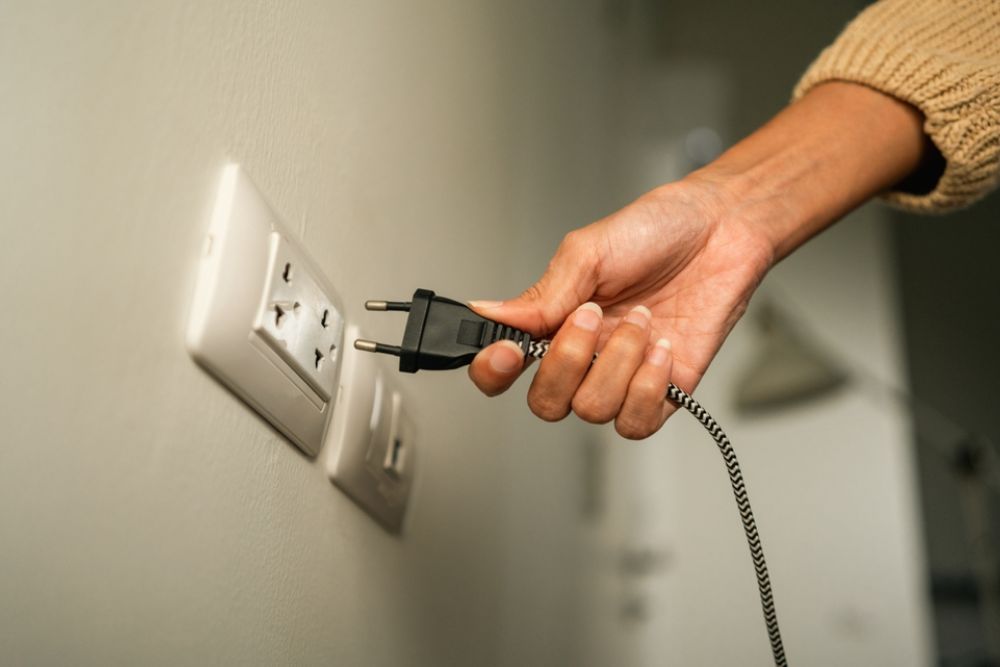In today's rapidly evolving market, discounts and promotions are ubiquitous. From the enticing 'end of season' sales to the exciting 'buy one, get one free' offers, businesses are perpetually rolling out strategies to persuade us to open our wallets. But why do these strategies work? Are the discounts real, or are they merely a facade? And, more importantly, how can you, as a savvy consumer, decode these tactics to ensure you're truly getting the best deal? This guide dives deep into the world of discount strategies and offers insight into navigating these tempting waters.
1. Psychological Pricing: The Magic of 99
Have you ever wondered why prices often end in .99 or .95? This strategy is known as 'charm pricing.' The idea behind it is that consumers perceive prices ending in .99 as being significantly lower than the next whole number. Even if it's just a cent cheaper, $9.99 appears much more appealing than $10.00.
Action Point: When you encounter such prices, always round up. This will give you a more realistic understanding of the price you're paying.
2. BOGO Deals: Buy One Get One
At first glance, BOGO deals seem unbeatable. I mean, who wouldn't want two products for the price of one? However, retailers often mark up the original price, making the 'free' item not truly free.
Action Point: Before getting swept up in BOGO deals, research the standard pricing of the product. Compare the deal to the usual prices in other stores or online.
3. Doorbusters: Limited-Time Offers
Retailers often advertise certain products at drastically reduced prices to draw customers into the store. While some might snag these deals, many customers will end up purchasing more than just the discounted item.
Action Point: If you're interested in a doorbuster deal, have a clear plan. Buy what you came for and resist the temptation to add more to your cart.
4. The Decoy Effect
Imagine you're looking at three subscription options: a basic one for $5, a premium one for $20, and a mid-tier one for $15. Even if the mid-tier doesn't offer significantly more features than the basic, its mere presence can make the premium option seem more valuable. Consumers might think, "For just $5 more, I can get the premium!"
Action Point: Evaluate each option independently based on its merits and price, rather than in comparison to other available options.

5. Loss Leaders: Selling Below Cost
Some businesses price certain products below cost to lure customers in, banking on them purchasing additional, high-margin items.
Action Point: If you're buying a loss leader, be mindful of other purchases. The store's goal is to recoup the loss and then some.
6. Flash Sales: The Scarcity Principle
A timer counting down beside a discounted item can send our hearts racing. The scarcity principle leverages our fear of missing out (FOMO). However, sometimes these sales are recurrent, and the 'limited-time offer' isn't so limited.
Action Point: Before making impulsive purchases due to a ticking clock, take a moment. Research the product elsewhere, and you might find a similar, if not better, deal without the time pressure.
7. Loyalty Programs: Earn While You Spend
While loyalty programs offer real benefits and savings, they also encourage increased spending. Retailers bank on you coming back to earn more points or to reach a certain tier.
Action Point: If you're part of a loyalty program, keep track of your spending. Ensure that the rewards justify your purchases and that you're not buying just for the sake of points.
8. Volume Discounts: Buy More, Save More
An offer like 'Buy 3 for the price of 2' might seem like a steal, but do you need three? Volume discounts can lead to over-purchasing.
Action Point: Only opt for volume discounts if you're sure you'll use all the items. If not, you're not saving money; you're spending more.
As consumers, understanding the psychology behind discount strategies can equip us to make informed decisions. Retailers will always seek new ways to maximize sales, and that's just good business. However, by being aware of these tactics, you can ensure that you're making purchases that genuinely benefit you. So, the next time you're faced with an enticing deal, take a moment, decode the strategy, and make sure you're truly getting a bargain.




